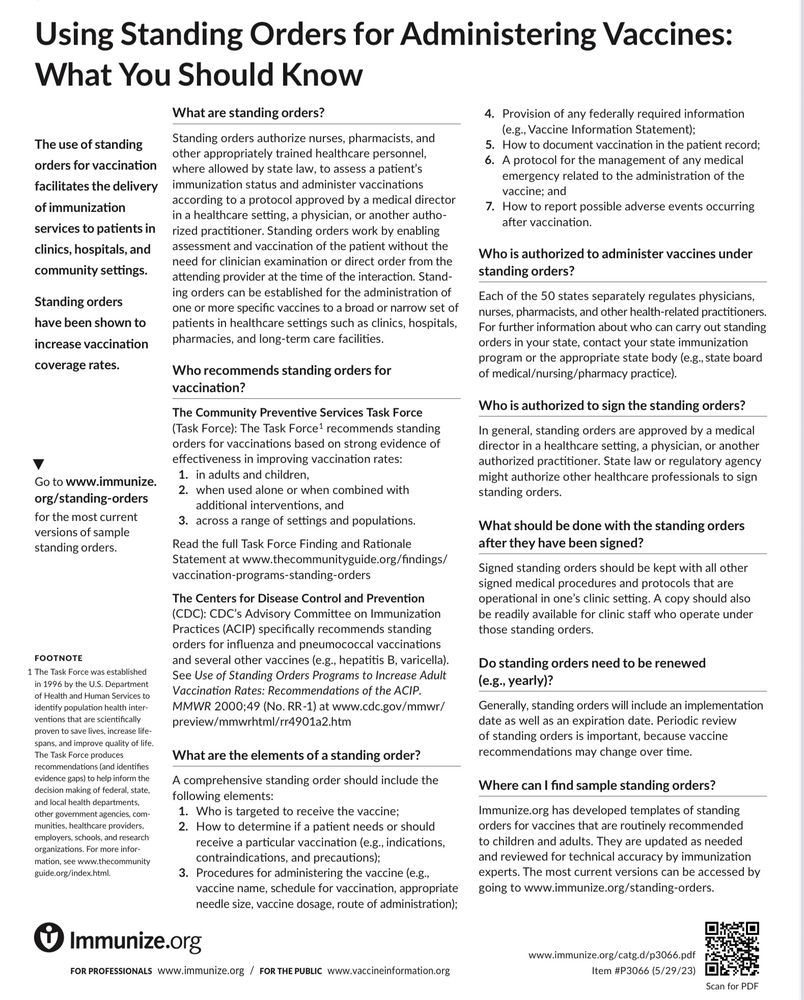

Reposted by: Jason L. Schwartz
www.factcheck.org/2025/10/vacc...


Reposted by: Jason L. Schwartz

by Jason L. Schwartz — Reposted by: Jason L. Schwartz







by Jason L. Schwartz — Reposted by: Daniel S. Goldberg

Reposted by: Jason L. Schwartz, John Mullahy
